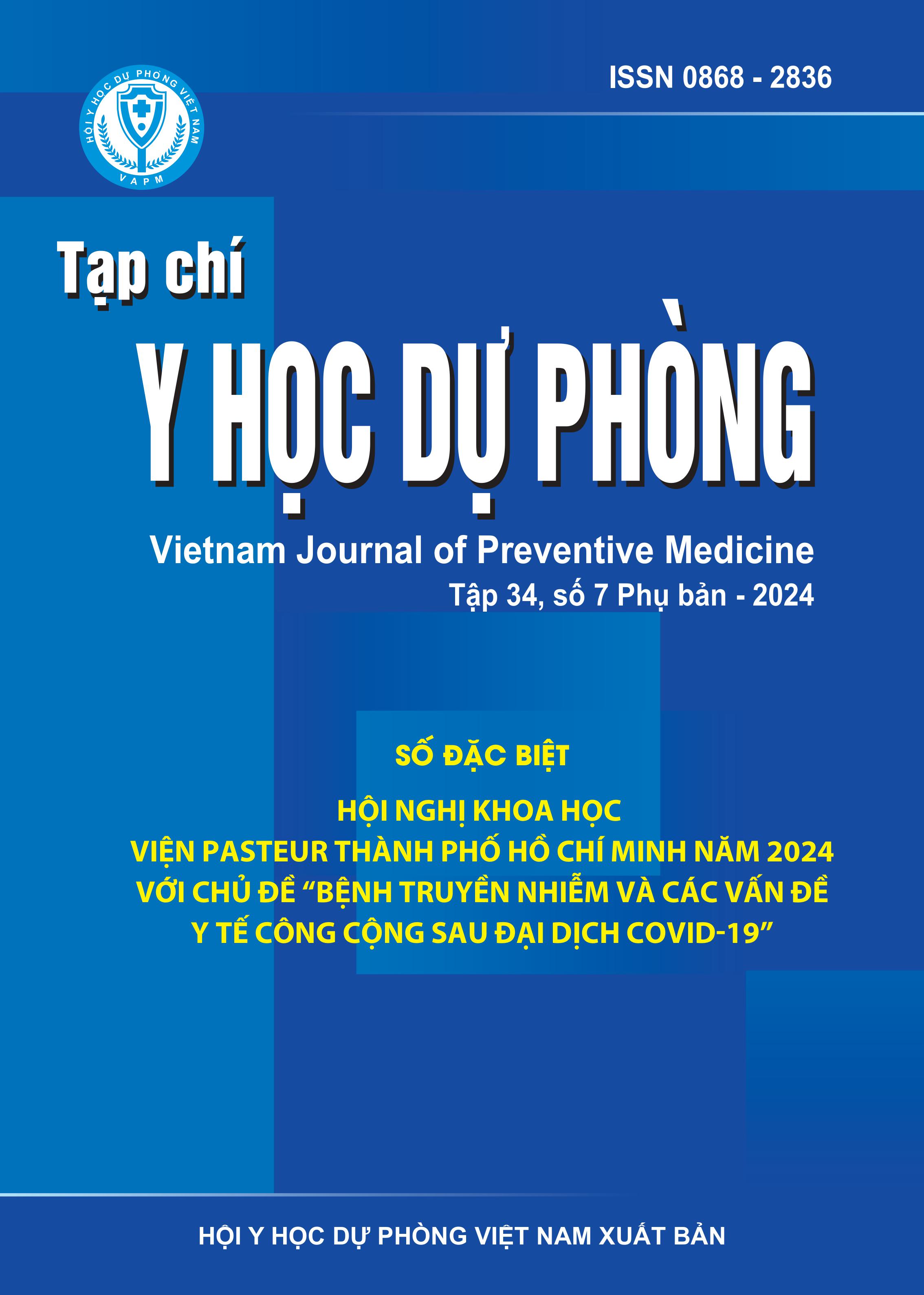A review of lead neurotoxicity in children: disease burden, causes, mechanisms, diagnosis methods, prevention and treatment
DOI:
https://doi.org/10.51403/0868-2836/2024/2007Keywords:
Lead poisoning in children, lead neurotoxicity, lead exposure, lead poisoning diagnosisAbstract
Lead, a toxic heavy metal, affecting various organ systems, primarily affects the central nervous system, particularly the developing brain. Children are more affected by lead toxicity than adults. Due to its similarity to divalent cations, namely calcium, zinc, and magnesium, lead capable of interferering with signaling cascades and mechanisms mediated/ regulated by these cations. Within the brain, lead-induced damage can lead to a variety of neurological disorders such as brain damage, mental retardation, behavioral problems, nerve damage, and possibly Alzheimer’s disease, Parkinson’s disease, and schizophrenia. Blood lead tests should be used for lead poisoning. Medical treatment is chelation therapy but the best approach is to prevent direct exposure to lead and thus preclude future consequences. The review highlights the burden of lead poisoning disease in children, causes and mechanisms of lead neurotoxicity in children, diagnosis methods, prevention and treatment.
Downloads
Downloads
Published
How to Cite
Issue
Section
License
Publication License No 150/GP-BTTTT signed on May 8, 2014;
Electronic Publication License No 322/GP-BTTTT signed on June 15, 2016.


